Soon after she moved to Los Angeles from Chicago, Oriana Koren began photographing in LA’s Chinatown, as a way to get to know the city and its culture, and to help with a new portfolio she was building that focused on food and food culture. Over the course of less than a year, the neighborhood became a culinary hotspot as new restaurants attracted new crowds, and Koren watched the once-sleepy area fill up. But in Koren’s images, the brightly colored streets and stylized architecture—some of which were created by set designers in the 1930s—are mostly empty, leaving pictures that describe a pause in the life of many-layered place. Koren tells PDN about the project, “Far East, LA,” in an edited email interview.
PDN: What first attracted you to the area?
Oriana Koren: I started making these photographs last August—about a month after I moved across the country. The project came about in a couple of ways: I don’t have a car and was eager to learn my new surroundings, so I would just spend hours walking around but I also set about shooting an entirely new portfolio of work focused on food and food culture in Los Angeles. On one of my walks, I followed signage that pointed towards Chinatown and was baffled when I got there: it was pretty quiet, mostly populated by Chinese and Vietnamese elders doing their daily shopping and catching up with one another. It was surprisingly slow but vibrant, full of color—the neighborhood felt really special so I’d make a trip on foot once or twice a week with my cameras (my Canon SLR and my iPhone 5s), mostly to get people comfortable with my presence. I rarely ran into anyone to make photographs of so I began documenting the color red, then that expanded into documenting as best as I could the weird sense of quietude that felt out of place in what I thought should have been an otherwise busy neighborhood.
PDN: What were the challenges of the project? You mention the neighborhood got crowded when it was transformed by new restaurants—how did that change your approach?
OK: About three months into the project, things started changing pretty quickly at Far East Plaza—a Roy Choi project, Chego, had been there for a bit but then a ramen shop and culinary incubator opened up, along with a coffee shop and I noticed an increase in visitors and overall interest. Chinatown had become my little secret getaway where I could make photographs for a few hours and not stumble onto another photographer or a tourist. I mostly interacted with the elders in the community who seemed just as interested in my nosing around making photographs as I was in how they’d kept their neighborhood intact and insular when there was so much rapid change occurring near by. I’d originally planned to document how Chinatown was on the brink of gentrifying—this a community of about 10,000 people, mostly elderly Asian Americans—so I pitched my first few images to a ton of local and national publications, urging them to send me out to document this rapid change. I really wanted to talk to some of the older businesses and residents but, to be honest, I felt frustrated because no one seemed interested in the neighborhood outside of the newer businesses that were cropping up.
By February, Chinatown had changed so quickly, I wasn’t able to really move around and make the images I had been making before—there was too much activity and it was starting to feel like a project about tourists in Chinatown rather than about Chinatown on the brink of change, so I wrapped the project…In the time [since] I ended the project, a burger joint, a Nashville hot chicken restaurant, Pok Pok and now, a Taiwanese street food project have opened or are soon to open. Blossom Court, a huge apartment complex in the middle of Chinatown, was just completed very near to the Chinatown metro stop. Shooting the project made me realize, if you really want to see if a neighborhood is getting ready to gentrify, you have to watch how the food changes—everything else seems to follow.
PDN: You mention photographing there felt like being on a lifeless movie set, and I’ve read that the neighborhood was actually designed by Hollywood set designers and that “Chinese” movie props were donated by Cecil B. DeMille—was that kind of artifice something you were looking for in the project?
OK: I had no idea the neighborhood was designed by Hollywood set designers until about two months ago. However, it was sort of obvious after multiple visits that the neighborhood felt overly designed, like it was meant to serve as a movie set without having to bring very much in. And, to me, that’s a complicated thing: The neighborhood has moved multiple times, first starting out at Alameda and Olvera at what is now El Pueblo and there was a horrendous lynching of about 20 Chinese immigrants in 1817 on a street that was once referred to as Nigger Alley, no less. The neighborhood later subsumed what was once Little Italy—much in the way that New York City’s Chinatown has bled into and consumed much of Little Italy. So you’re walking around in this neighborhood that looks like a movie set and it give you a sense of unreality, and it’s a little magical too, but like so many of our neighborhoods, these places have rich histories and those histories are fraught with the sort of tensions that leave a residue that is hard to remove or forget. So, we build over and over the past. I was most interested in the fact that Chinatown looked like an American’s idea of a movie set of China from the 1930s. I did try very hard to tap into the hyper surreal feelings of the spaces I photographed and tried to leave space for the vespers of history to fill in the blanks, if you will.
Related Stories:
Dotan Saguy: Street Photography on Venice Beach
Closed on Sundays
Dreaming of the 405
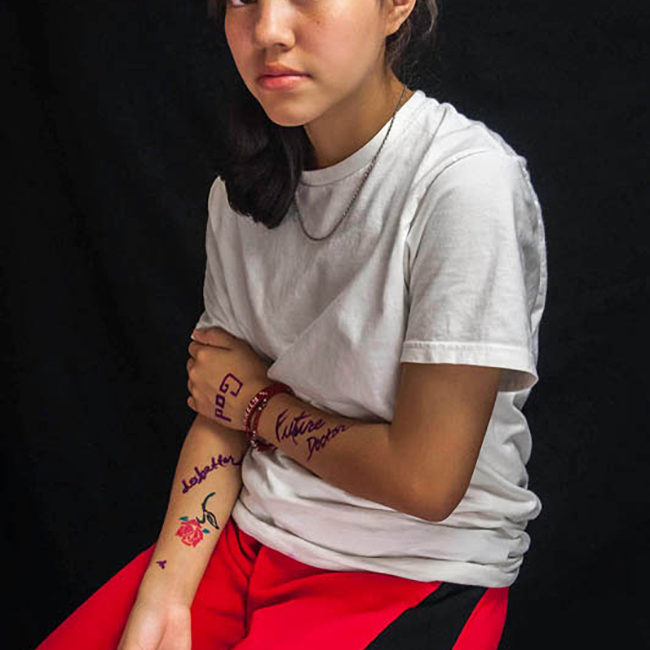
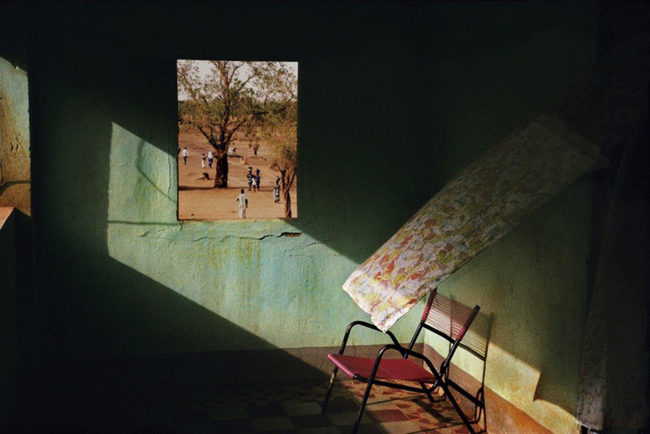



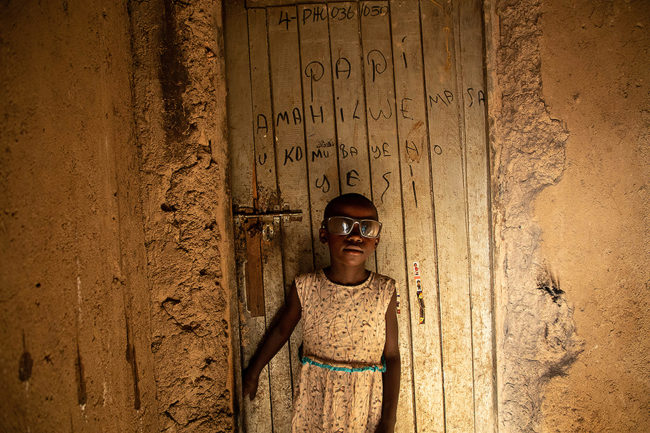
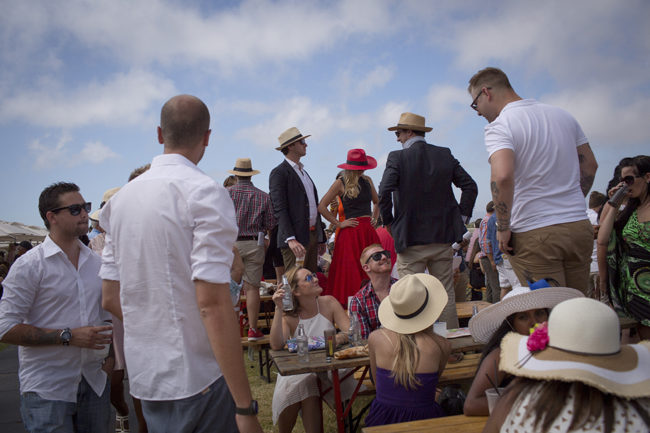

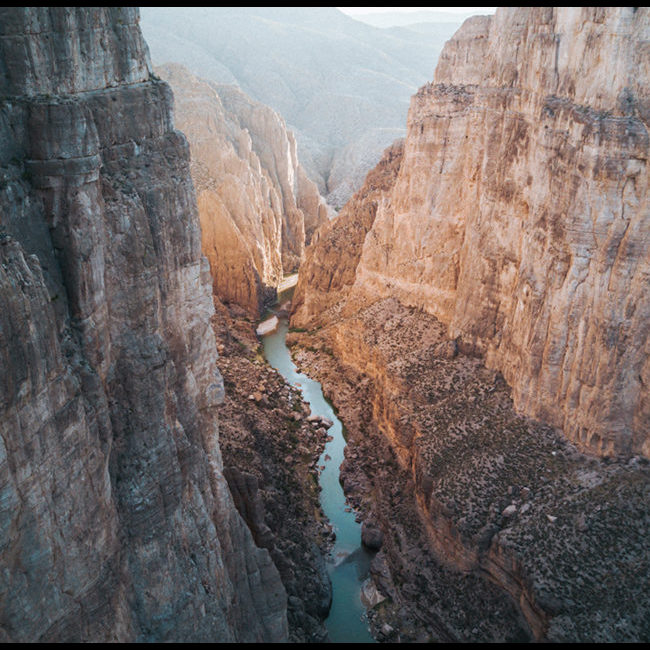
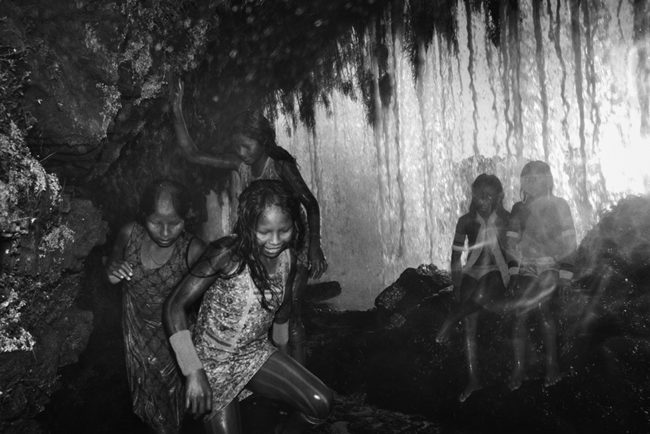
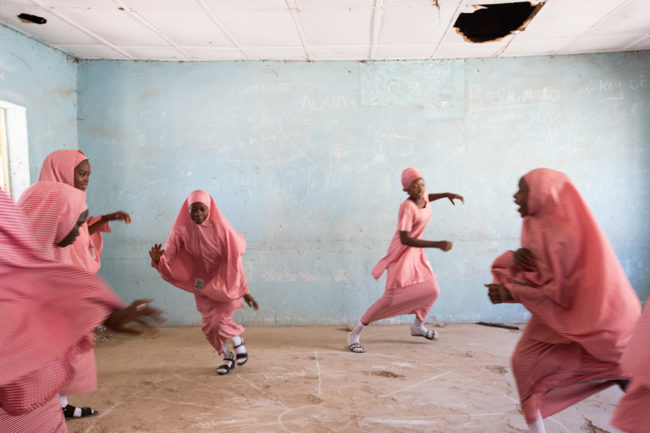
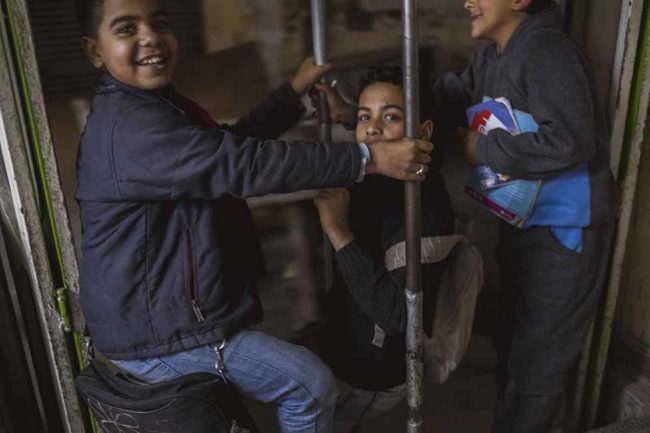
Thanks so much for sharing the project! x